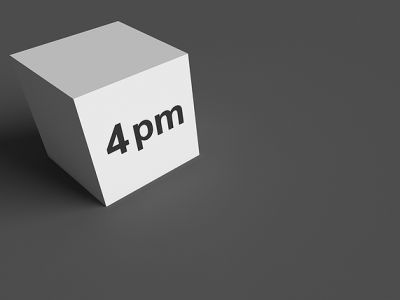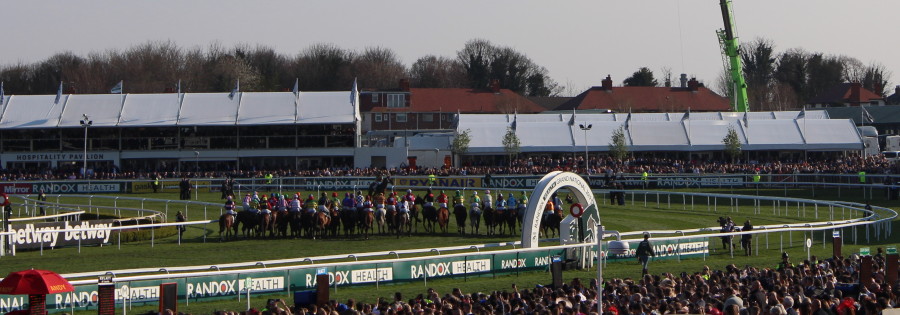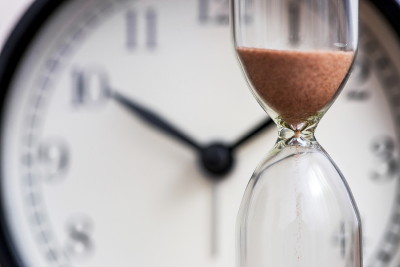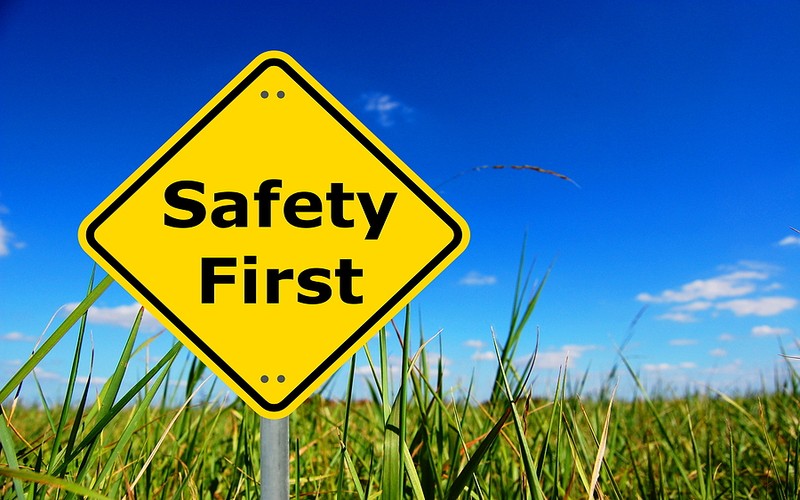What Time Does The Grand National Start?
 The ‘World’s Greatest Steeplechase’ is the name given to the Grand National. It is widely considered to be the horse racing event that sees many people who don’t normally get involved in betting on horse racing decide to have a flutter, such is the excitement around the race. In recent years, however, there has been a concentration from some around the perceived cruelty of the race, largely because of the number of horses that have died whilst taking part in it. As a result, the Jockey Club has made numerous changes in order to do whatever can be done to protect the horses that are due to take part in the race at Aintree Racecourse.
The ‘World’s Greatest Steeplechase’ is the name given to the Grand National. It is widely considered to be the horse racing event that sees many people who don’t normally get involved in betting on horse racing decide to have a flutter, such is the excitement around the race. In recent years, however, there has been a concentration from some around the perceived cruelty of the race, largely because of the number of horses that have died whilst taking part in it. As a result, the Jockey Club has made numerous changes in order to do whatever can be done to protect the horses that are due to take part in the race at Aintree Racecourse.
As part of those improvements, it has been decided that the race will be brought forward to 4pm from the 2024 running onwards, having been taking place at 5.15pm in recent years. The change to that time was done in order to try to attract a larger audience, but it has been decided that there is an increased chance of injury to the horses by pushing the race back to later in the day.
It was decided in October that the maximum field for the race would be reduced from 40 horses to 34, which is likely to have a big impact on the safety of the horses if the data on the matter is anything to go by, making this year the safest ever run, in theory at least.
Why the New Time

Ultimately, the welfare of the horses is the key factor in any decision that is made by the Jockey Club. In the case of the start time, the belief is that a long build-up to the main event of the Grand National increases the tension for all concerned, with tension never being a good thing for those taking part in a sport. The Clerk of the Course, Sulekha Varma, said,
“his was a decision we took after a number of participants and other racing stakeholders raised concerns about the long build-up to the race throughout the day and heightened tension as a result. These were not issues which had been identified as a problem when the race was previously staged at 15:45 and 16:15.”
It is also worth point out that bringing the start time forward means that the weather is likely to have less of an impact on the ground. Varma said, “Bringing forward the start time will also help us to maintain optimal jumping ground, as warm or breezy conditions can dry out the racing surface.”
Whilst it might not make a huge impact on the state of the Going whether the race is run at 4pm or an hour later, any small change can make a big difference to such finely tuned animals as the sort of horses that take part in the Grand National. If it makes even a slight improvement then it is worth doing it in the eyes of those that care about the welfare of the animals.
When it Has Been Run in the Past
 This isn’t the first occasion when the start time for the Grand National has been changed. For a long time, the race was run at 3.45pm, being moved to 4.15pm in order to welcome more viewers. The change to run it at 5.15pm was made in 2015, largely in order to attract as wide a viewership as possible.
This isn’t the first occasion when the start time for the Grand National has been changed. For a long time, the race was run at 3.45pm, being moved to 4.15pm in order to welcome more viewers. The change to run it at 5.15pm was made in 2015, largely in order to attract as wide a viewership as possible.
The fact that the Grand National is run in April means that it is always going to be up against football fixtures, many of which kick-off at 3pm. That means that half time comes at around 3.45pm and the second-half should get underway at 4pm, with the match reaching its conclusion at about 4.45pm, stoppage time dependent.
The decision to run the race at 5.15pm was done in order to allow people to make it home from the match or to listen to the classified football results before tuning in for the big race. Equally, it allowed fans of sports like rugby to witness the end of the event that they were watching before tuning in to see what happened at Aintree. One of the Grand National’s biggest ever audiences came in 1997, when an IRA bomb scare at Aintree Racecourse forced the original Saturday race to be abandoned, with the Monday race being run at 5pm instead, allowing more than 15 million to watch it, many of whom might not otherwise have done so.
Safety Improvements

The Jockey Club has looked to make numerous improvements to the Grand National in recent years, with the hope being that the race can be made as safe as possible. In October, for example, the decision was taken to reduce the maximum field that could run in the race from 40 to 34. The evidence is there to suggest that smaller fields is safer, whilst the more horses take part in the race the increased chance that not all of them will make it home. As an example, the 1929 running saw 66 horses start the race, but 57 of them, or 86.36%, failed to finish and make it to the end of the race, mainly due to how many horses were attempting to make it over fences at the same time.
In 1996, on the other hand, only 27 horses started the race and 17 of them finished it, which is a much higher figure than in years with a larger starting pool. It was 62.96% of the starters that made it home, whilst the largest percentage of horses that have completed the race when 40 of them have started it since 1984 is 57.49% and that is the exception that proves the rule. It is, of course, no sort of a guarantee that no horses will die taking part in the Grand National, with any sort of a horse race being risky. All the Jockey Club can do, though, is try their hardest to make the race as safe as possible for the participating horses.
